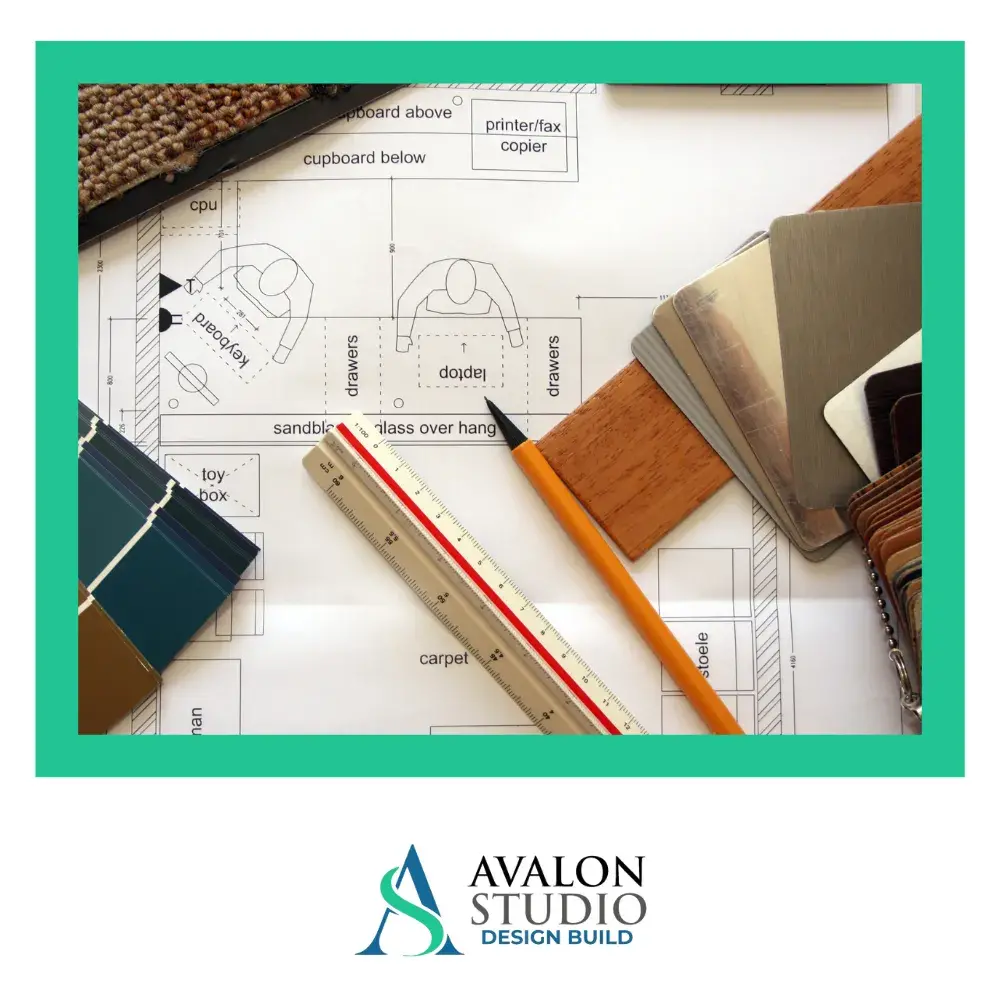Planning is the backbone of any home renovation project. Start by defining your goals—what do you want to achieve? Are you upgrading for functionality, aesthetics, or both? Create a detailed checklist outlining the rooms you’re renovating, the materials you need, and the timeline for completion.
Next, research professionals or contractors in your area. Always check reviews and request estimates to find someone reliable and within your budget. Don’t forget to acquire necessary permits, as skipping this step can lead to costly delays.
A good plan also considers unexpected hiccups. Set aside 10-15% of your budget as a contingency for surprises like hidden water damage or material shortages. Planning ahead doesn’t just save you time and stress—it ensures that your home renovation journey runs smoothly from start to finish.
Budgeting Smartly: Staying on Track Without Overspending
Creating a realistic budget is crucial for any home renovation project. Start by listing every expense, including labor, materials, permits, and furnishings. Research the costs of these items in advance, and don’t underestimate hidden expenses like delivery fees or waste disposal.
When allocating your budget, prioritize essentials over luxuries. For instance, invest in high-quality flooring or cabinetry instead of splurging on trendy decor that may go out of style. If you’re working with professionals, get multiple quotes to ensure you’re getting the best value for your money.
Stick to your budget by keeping track of spending as the project progresses. Consider using a budgeting app or spreadsheet to monitor expenses in real time. Staying financially disciplined not only prevents overspending but also helps you achieve your dream home renovation without breaking the bank.
Choose Quality Materials for Long-Lasting Results
When it comes to home renovation, cutting corners on materials can cost you more in the long run. Durable, high-quality materials not only enhance the aesthetics of your space but also ensure it stands the test of time.
Start by researching materials that are suitable for your climate and lifestyle. For instance, engineered hardwood might be better than solid wood in humid areas. Consult with contractors or visit local showrooms to compare options.
Remember, quality doesn’t always mean the most expensive option. Look for materials that offer a good balance between cost and durability. For example, laminate countertops can mimic the look of stone at a fraction of the price while still being resilient.
Investing in quality materials minimizes repairs and replacements down the line, giving you a home that’s not just beautiful but also built to last.
Read More:
Define Your Goals: Clarify Your Vision for a Seamless Home Renovation

